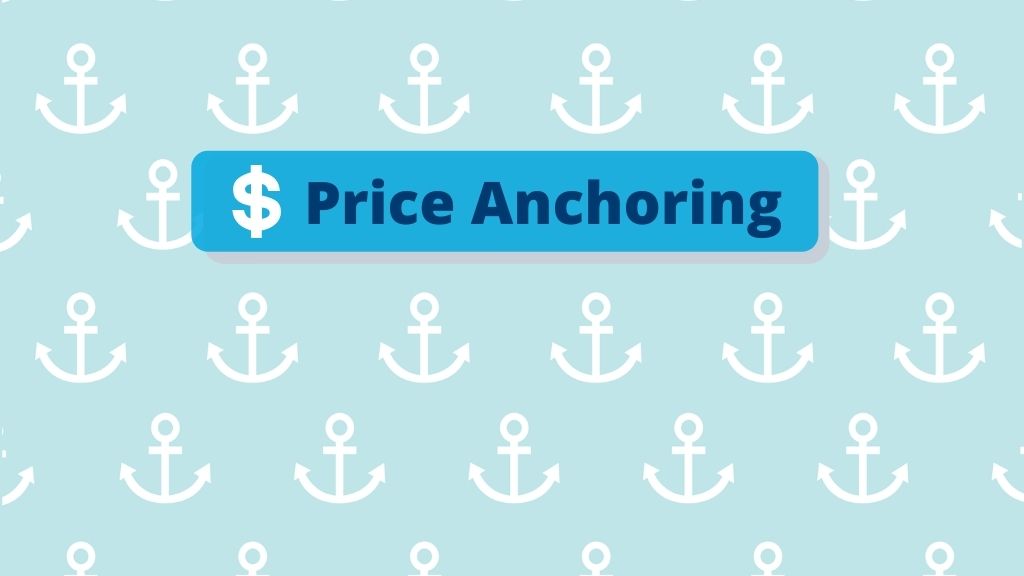
Anchoring bias in pricing: Definition and examples
The anchoring bias or anchoring effect is a cognitive distortion. Users tend to make their decisions based on the first information they receive.
The anchoring bias or anchoring effect is a cognitive distortion. Users tend to make their decisions based on the first information they receive.

The anchoring bias or anchoring effect is a cognitive distortion. Users tend to make their decisions based on the first information they receive. With pricing, the first price consumers see when entering an e-commerce site or marketplace will condition the choice of one or more products, and their final purchase decision. For online stores, knowing the existence of this anchoring bias can be beneficial, as it helps guide users toward items or services with a greatest sales interest. Companies need to maintain consistent pricing and have good business ethics practices; otherwise, the brand image may be affected. From Minderest, we give you examples of how to apply anchoring bias to your pricing strategy and how it can affect the end consumer’s decision making.
The anchoring bias can be unconscious if the user is conditioned by environmental factors or by their own experiences when making a decision. However, when the e-commerce business induces this cognitive distortion, it is known as conscious anchoring. One example is placing the highest-priced items on the online store’s homepage. When consumers look at other lower-priced products, they consider them cheap and are more willing to pay for them. In physical stores, for example, buying a second-hand car, the initial price is always more expensive than the price paid after negotiating. The dealer knows how far the price can fall to avoid losses.

In the first instance, anchoring bias is one of the things responsible for the success of offers. Why? Because promotions or discount campaigns always go hand in hand with a label showing two prices: the old price and the new price. In this case, the old price will be the anchor that will condition consumers’ decision-making. So, the higher the discount, the firmer the final purchase decision. This is why presenting two prices on items often works better than informing app users of a discount percentage during checkout.
In turn, anchoring bias also affects users with:
Used correctly, anchoring bias can increase e-commerce conversion rate and improve positioning against competitors. You can consider this in your pricing strategy and landing pages, and advertising and marketing campaigns to attract as many users as possible. If you have any queries, it is advisable to consult the competition’s prices. This will allow you to assess how profitable their strategy is, and how consumers respond to prices already established in the market.
Find out how Minderest can take your business to the next level.
Contact our pricing experts to see the platform in action.


